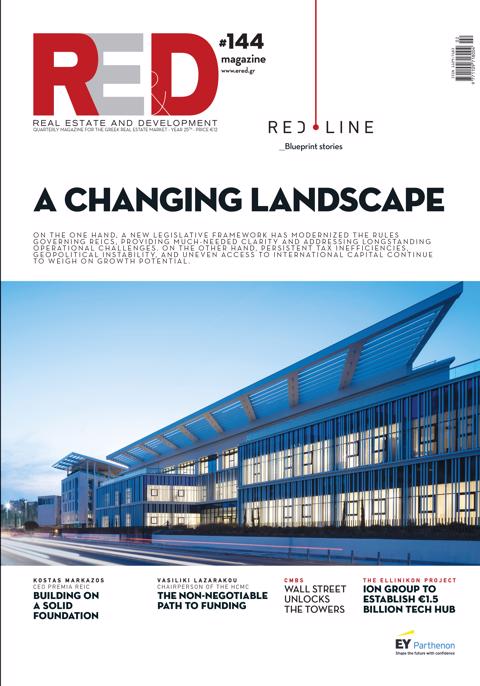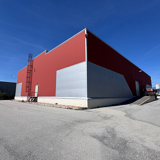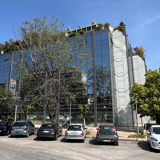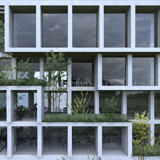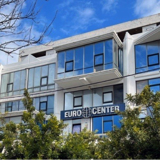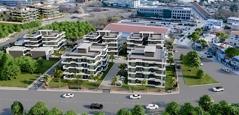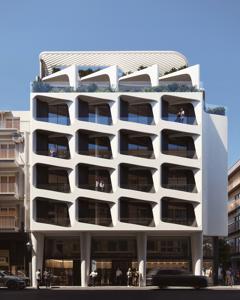According to the Geoaxis Observatory, land values in the Athens metropolitan area have experienced significant increases in recent years. Specifically, there was an average rise of 5.60% from 2024 and 15.06% from 2023, indicating a robust market dynamic. Over the past decade, land values have reached their highest levels, with an average increase of 40.25% across the five monitored local markets.
Looking ahead, Geoaxis anticipates that the upward trend in land values will continue over the next 12 months, albeit at a reduced pace, potentially signaling the nearing peak of the current cycle. Despite this, the market does not exhibit signs of a bubble, as the imbalance between supply and demand for newly built apartments sustains land demand and, consequently, construction activity.
Key factors influencing the market include:
The potential redefinition of compensation percentages in land development agreements.
The timeline for the recovery of land values in the northern suburbs.
The limitations on benefits under the New Building Regulation (NBR), which may not favor contractors and end-users but are believed to restore normalcy to the construction activity chain.
In-depth analysis by Geoaxis reveals that land plots demonstrate remarkable stability during both downturns and upturns, contrasting with other property categories. The decade-long trend clearly indicates an upward phase in the cycle, possibly approaching a new peak.
Notably, land values have reached their highest levels in ten years, with an average increase of 40.25% compared to 2016 across the five local markets. The most significant increase (46.02%) is observed in plots with a building coefficient of 3.6 in the Ampelokipi area of Athens, while the smallest increase is in plots with a coefficient of 1.8 in Peristeri (35.43%).
Between the second quarter of 2024 and the second quarter of 2025, the median asking prices for land plots have risen by an average of 5.60% across the five local markets under Geoaxis's observation. The most substantial increase (7.22%) is noted in plots with a building coefficient of 1.2 in Chalandri, with the median asking price reaching €1,296 per square meter, up from €1,209 per square meter the previous year.
Other areas also show notable increases:
Ampelokipi (Athens Municipality): Plots with a building coefficient of 3.6 have seen a 6.09% rise, reaching €2,605 per square meter from €2,455.
Peristeri: Plots with a coefficient of 1.8 have increased by 6.07%, now at €967 per square meter from €912.
Paleo Faliro: Plots with a coefficient of 1.4 have risen by 4.77%, reaching €1,621 per square meter from €1,547.
Marousi: Plots with a coefficient of 0.8 have seen a 3.91% increase, now at €935 per square meter from €900.
It is important to note that all values mentioned are median figures for typical land plots. Exceptional plots with distinctive characteristics, such as prime location, visibility, view, or size, are positioned at the upper end of the sample, often commanding prices up to 25% higher.
Regarding land development agreements (antiparochi), recent decisions by the Council of State have tightened the application of the New Building Regulation, raising significant legal questions focused on the actual environmental footprint rather than merely numerical limitations. This shift aims to alter the philosophy of design and compatibility with urban planning tools, where applicable.
The impact on the construction and real estate sectors has introduced uncertainty among private individuals, engineers, builders, and institutional investors, particularly in high-value areas like Athens and tourist destinations, where the building bonus significantly influences investment returns.
Despite these challenges, the cycle of high construction activity that began post-2018 continues, albeit with diminishing intensity. The demand for undeveloped land or plots with old buildings for the construction of new apartments remains robust. Key drivers of this demand include:
Accumulated housing requests unmet due to the economic crisis over the past fifteen years.
Immediate capital availability (high liquidity) alongside undeclared income from the middle class.
The new reality of remote work.
The qualitative and technological obsolescence of many buildings constructed before 1980.
The integration of apartments into investment products.
The potential for returns through short-term rentals.
The willingness to diversify investment risk through real estate acquisitions.
Simultaneously, negotiations between builders and landowners are becoming increasingly stringent, as the rise in apartment sale prices is offset by increased construction and financing costs. Currently, average lending interest rates range between 5.0% and 5.5%.
According to ELSTAT, the cost of raw materials for new constructions is reflected in the New Building Materials Price Index. The average index for the twelve-month period from April 2024 to March 2025, compared to the same period from April 2023 to March 2024, showed an increase of 5.1%, compared to a 6.6% rise in the previous twelve-month comparison.

